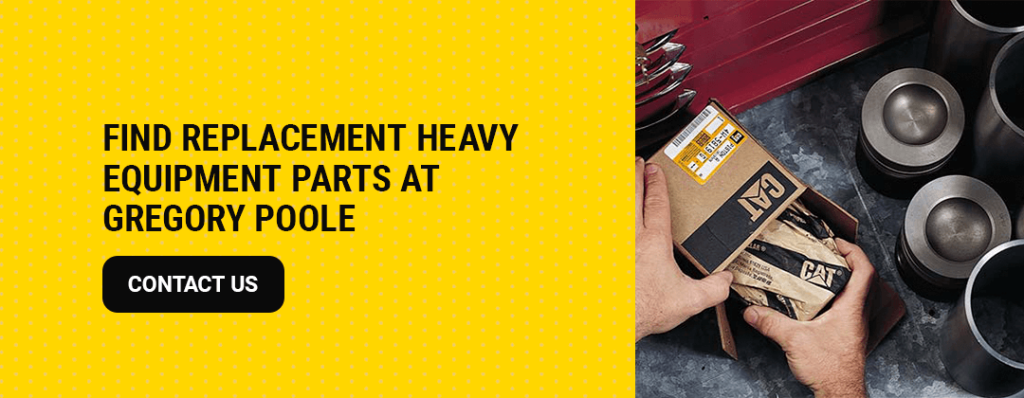
Your heavy equipment is a significant investment, and maintenance and repairs are necessary to get the most life out of your machinery and avoid unnecessary expenses. Caring for your equipment involves maintaining and replacing parts. However, it can sometimes be challenging to determine when to replace various components — and how to figure out if your equipment needs new parts in the first place.
When you rely on heavy equipment to meet project deadlines and accomplish tasks, it’s crucial to ensure each machine functions properly and efficiently. Outdated or damaged parts can cause a wide range of timely issues with equipment. For instance, broken components can cause uneven weight distributions that increase stress on other parts, potentially leading to damage or breaks in other pieces if left unaddressed.
Replacing worn machinery parts quickly gives you the following benefits:
Whether you replace worn components with new or used parts, you can experience a mirage of benefits. At times, replacing worn parts can be less about your current part’s condition and more about the potential of a new component for your equipment or machinery. Other times, parts replacement is more straightforward, and you simply need to replace a damaged part with a new one.
Regardless of your exact situation, replacing worn parts can allow you to experience benefits such as:
Each component can have a different life expectancy, making it challenging to set exact replacement dates. However, you can anticipate replacements by being aware of their life expectancy and your usage. You can find equipment part life expectancies by inspecting the components, referring to manuals or getting information from the manufacturer.
While you may find that some components can last longer or shorter than their expectancy depicts, these numbers will provide an estimate you can use to make informed decisions about maintenance needs. For example, industrial batteries often last for four or five years. However, if you use some equipment more frequently than others, you may find variations in this time frame.
You can use these estimates to allocate resources at critical times and gain a comprehensive view of your repair and replacement needs. By understanding your usage patterns and component life expectancies, you can prevent unnecessary downtime and ensure your equipment always has the pieces it needs to run efficiently.
Knowing when to replace heavy equipment parts can also be simpler with the help of an expert technician who can assess your equipment.
Other than keeping track of your component usage and life expectancies, there are several other signs you can rely on to determine whether something is wrong. Watch for these warning signs:
When you need to replace heavy equipment parts, you should feel confident in your choice of provider. Whether you’re looking for new components or want to save on replacements by utilizing used parts, you want to know you’re selecting quality and reliable pieces that will last.
At Gregory Poole, you can find the diverse selection of heavy equipment parts you need to complete any task. Our catalog of new parts allows you to choose from leading manufacturers to maximize dependability and performance. You can also opt for affordable used parts that meet your needs without sacrificing performance.
We’re also here to provide comprehensive service support for your machinery — think of us as your one-stop shop for keeping your equipment in top condition. Browse our selection of heavy equipment components to find your replacements, or contact our sales and products support team for help finding the best solution.
